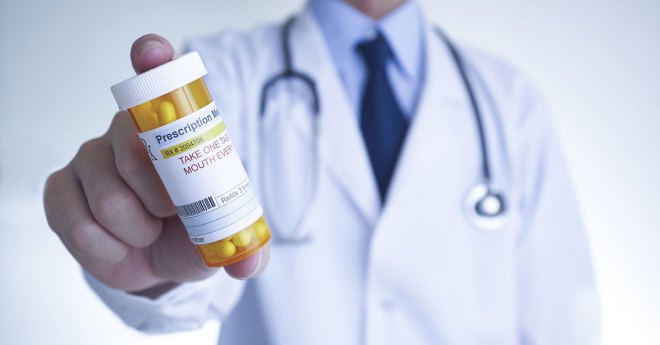
Opioid/prescription drug addiction affects primarily youth, adults and women.
Prescription drug addiction and abuse is a huge problem in our society. More than 20% of people aged 12 & older have used prescription medicine for nonmedical purposes at least once in their lifetime. The opioid crisis is currently a massive public health issue, with millions visiting the hospital each day due to overdose. The number of unintentional overdoses is soaring, and more and more people are becoming addicted to prescription drugs each year.
Women, the elderly, and adolescents are particularly at risk, as well as those who are homeless or have easier access to these drugs. The elderly have higher rates of chronic illness, and therefore more potential for drug interactions. Women are more likely to have chronic pain and be prescribed pain relievers with higher doses. Prescription drugs are the most commonly misused substances by Americans ages 14 and older, after marijuana and alcohol. They are also easy to access for adolescents, whether it be at school among peers, with friends or from family members at home.
However, adolescents who have good relationships with their parents and are more monitored, will be less likely to try prescription drugs for nonmedical use. People who have good health are also less likely to need prescribed medication, and therefore have a reduced risk of becoming addicted.

This is a systems map of opioid/prescription drug addiction. The map portrays all of the different parts that come together in public health to be assets within this system. It includes organizations, government agencies, programs and centers, health care sectors and public health agencies.

SAMHSA and other major administrations are working to help with treatment for opioid addiction. These administrations are also coming up with innovative medications to help treat prescription drug addiction. Although measures are being taken to mitigate the opioid crisis, there still is much more that needs to be done. The opioid epidemic is only growing, so clearly there must be more changes that need to be made.
My proposed solutions are to enable prevention and education programs leading up into high school that can be used to educate about drug safety, and teach important skills like academic support, communication, peer relationships and drug resistance skills. This is a way to protect adolescents from potentially becoming involved with prescription medication. Treatment programs should be much more easily accessible, and actually allow the patients the time and thorough help they need to overcome their addiction. Physicians cannot be over prescribing medications and should turn to alternative forms of treatment for pain when possible.
If you want to advocate for opioid addiction prevention and treatment, then please write a letter to Alex Azar, the US Secretary of Health and Human Services. He is available by email at secretary@HHS.gov. The letter could look something like this:
This letter can be used in order to advocate for implementing solutions to the opioid epidemic. In order to fix a problem in society, it is important that decision makers are reached out to so that they know that the public wants something to change. In order to do this successfully, it is important that you lay out the facts in your message, tell the decision maker why you want this to change, tell a story that involves the issue, and make sure that the message is given to the right audience.